The fifth generation of video game consoles (1993-2006) represents a crucial period in gaming history. This era, marked by the industry’s bold transition from 2D to 3D graphics, dramatically expanded the possibilities of game design and set the foundation for modern gaming experiences.
With the release of groundbreaking systems like the Sony PlayStation, the Nintendo 64, and the Sega Saturn, the fifth generation of video game consoles redefined what gaming could be. Shall we plunge into this retro world?
This article is part of a complete series where we do a deep dive into each video game generation.
The fifth generation and the dawn of 3D gaming
The fifth generation of video game consoles was defined by its move into the world of 3D, a feat made possible by significant leaps in hardware capabilities. Prior to this, the gaming world was largely built on pixelated sprites – and while many titles pushed the limits of 2D design, it was the introduction of 3D that opened up entirely new horizons.
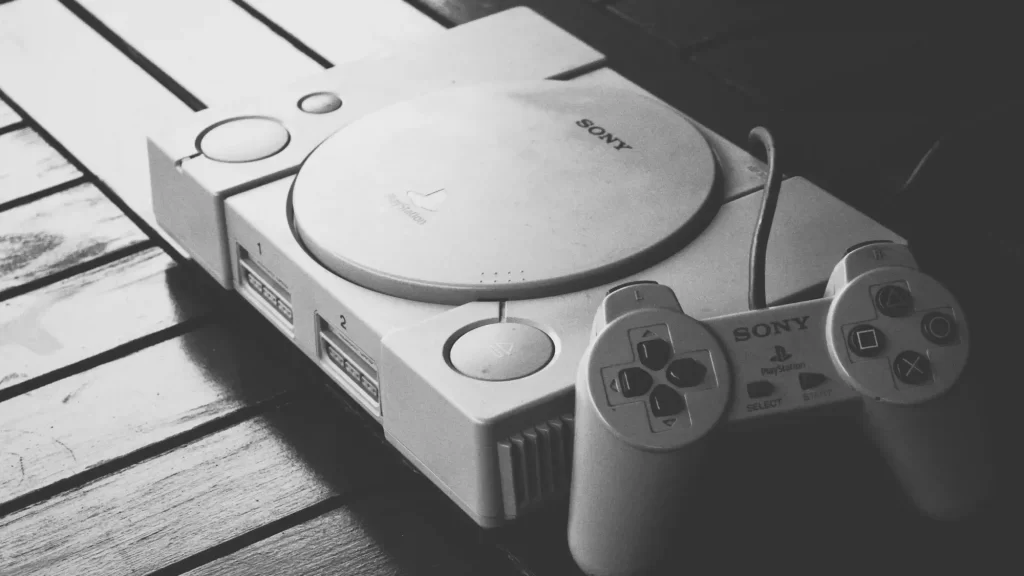
Consoles like the Sony PlayStation and the Nintendo 64 featured hardware designed to handle the rendering of 3D environments. For the first time, players could navigate expansive worlds, fully interact with dynamic characters, and experience a level of immersion never before seen.
Games such as Super Mario 64, The Legend of Zelda: Ocarina of Time, and Final Fantasy VII were emblematic of this leap forward, delivering gameplay experiences that are still revered today. These games demonstrated the enormous potential of 3D design by combining compelling narratives with visually stunning, open environments that players could explore in ways they hadn’t experienced before.
But hold on; where did the PlayStation come from?
Nintendo vs. Sony: from friends to enemies

In the mid-1990s, the video game industry was poised for a revolution. Nintendo, the undisputed king of consoles, was teaming up with Sony to create a new, groundbreaking system. This collaboration, known as the Super Nintendo CD-ROM, aimed to bring CD-ROM technology to the gaming world.
However, tensions between the two companies escalated, leading to a bitter split. Nintendo’s decision to abandon the project paved the way for Sony to launch its own console, the PlayStation. This unexpected move would ultimately reshape the gaming landscape – as the PlayStation quickly gained traction and became a formidable competitor to Nintendo’s dominance.
The feud between Nintendo and Sony marked a pivotal moment in video game history, setting the stage for a fierce rivalry that would continue for decades to come.
What about portable consoles?
This era also saw significant advancements in portable gaming, which consolidated Nintendo as the king in the realm. While the Game Boy Advance dominated the handheld market, many companies entered the fray with their own portable devices.
Game Boy Color
The Game Boy Color (GBC), released in 1998, marked a significant upgrade to the original Game Boy. While maintaining the same basic design, the GBC introduced a color screen, allowing for a more vibrant and immersive gaming experience. This color capability opened up new possibilities for game developers, enabling them to create more visually appealing and diverse titles.
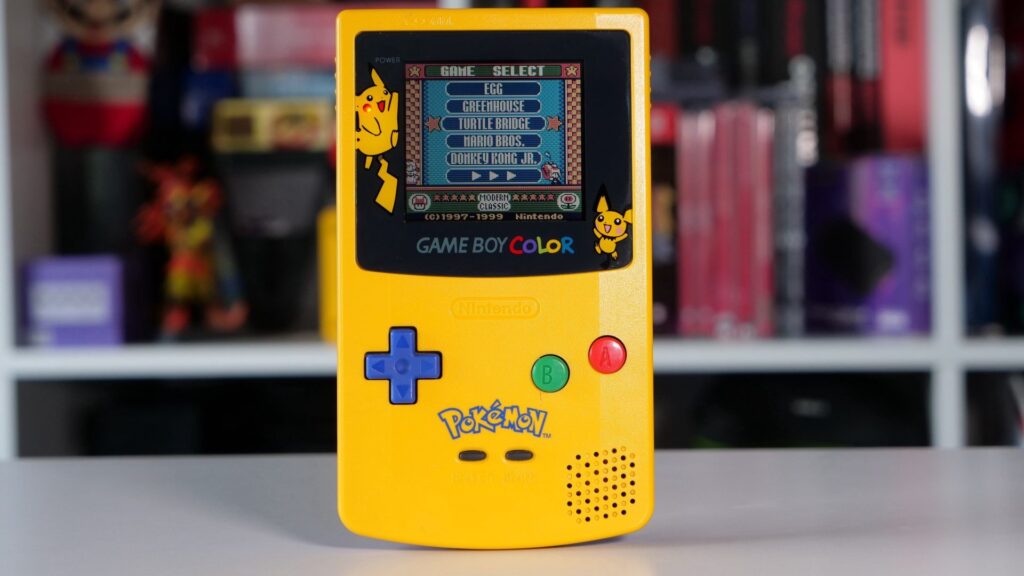
The Neo Geo Pocket
The Neo Geo Pocket was SNK’s first foray into the handheld gaming market. Released in the late 1990s, it was positioned as a direct competitor to Nintendo’s dominant Game Boy. Despite its innovative design and powerful hardware for its time, the Neo Geo Pocket faced an uphill battle. Just weeks before its launch, Nintendo unveiled the Game Boy Color, which offered a similar form factor but with the added benefit of a color screen. This significantly impacted the Neo Geo Pocket’s sales, as many consumers opted for the more established and visually appealing Game Boy Color.
Game Boy Advance
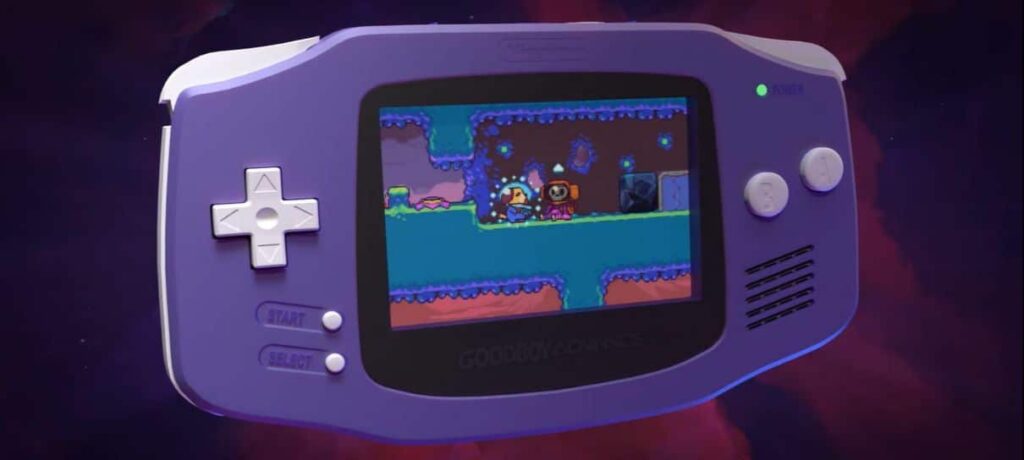
Introduced in 2001, the Game Boy Advance (GBA) became a massive success, building upon the popularity of its predecessors. With its improved graphics, sound, and larger screen, the GBA offered a more advanced handheld gaming experience. It was compatible with Game Boy and Game Boy Color games, ensuring a vast library of titles for players to enjoy. The GBA’s success solidified Nintendo’s dominance in the portable gaming market and further cemented its position as a leading player in the video game industry.
A new era of game design
The adoption of CDs as the standard medium for game distribution further propelled the capabilities of the fifth generation of video game consoles. Compared to the limited storage capacity of cartridges, CDs allowed developers to store far more data. This not only enabled the inclusion of longer, more intricate narratives but also enhanced audio and video quality.
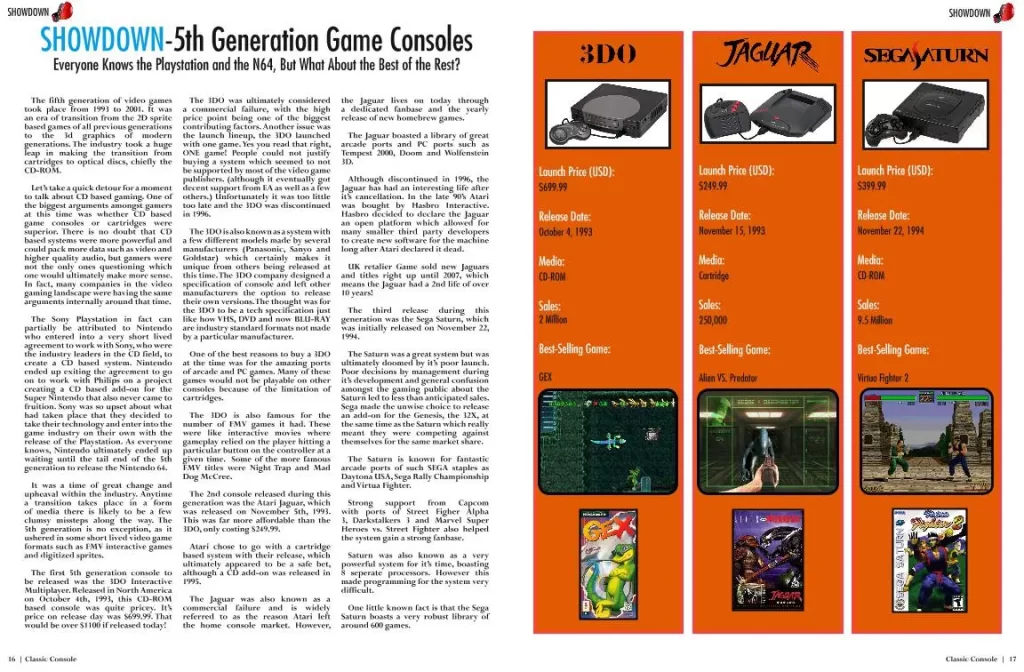
The result was a wave of games that could tell richer stories and immerse players in cinematic experiences. Final Fantasy VII, for example, set the benchmark for complex storytelling, with its deeply emotional narrative and full-motion video cutscenes that took full advantage of the PlayStation’s CD capabilities.
Moreover, the move to CDs also significantly reduced production costs, encouraging a wider range of developers to innovate within the gaming space.
Innovative mechanics and iconic titles
The fifth generation of video game consoles saw not only graphical improvements but also innovation in game mechanics. Titles like Super Mario 64 introduced analog controls and freeform camera systems, elements that became foundational in 3D platformers.
Meanwhile, Metal Gear Solid offered a masterclass in blending stealth mechanics with narrative, setting the stage for a new genre of games that focused on strategic gameplay over traditional combat-heavy approaches.
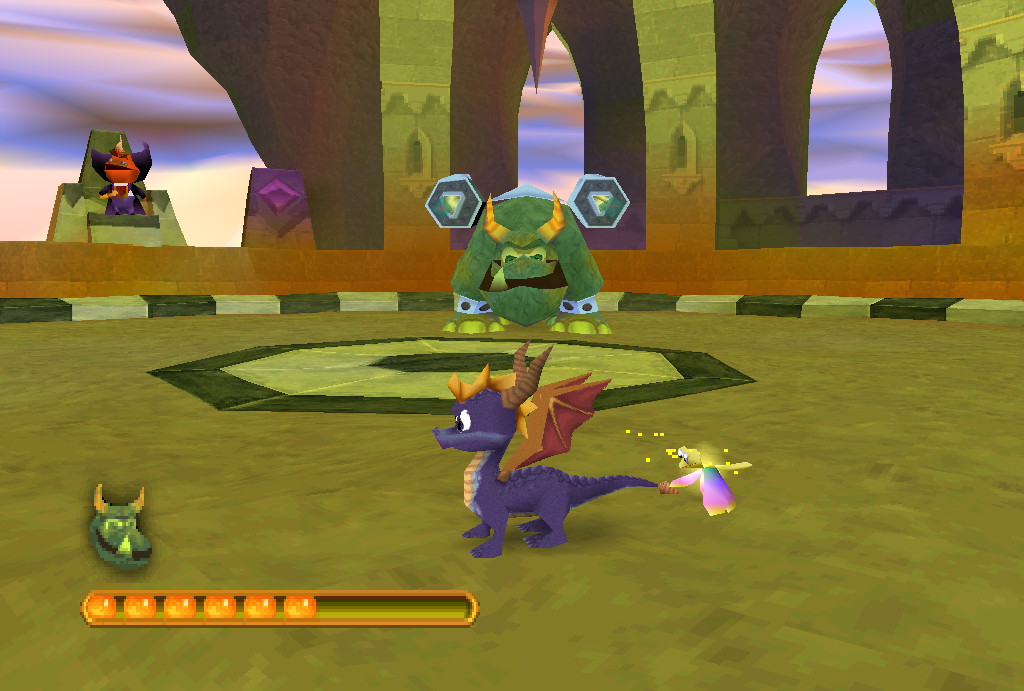
As developers gained more experience with the hardware, the diversity of games exploded. The PlayStation’s library of JRPGs, the Nintendo 64’s action-packed 3D platformers, and the Sega Saturn’s arcade-style games created a rich ecosystem where various genres thrived. Many franchises born during the fifth generation of video game consoles remain relevant today, continuously evolving with new technology but rooted in their original, pioneering designs.
The main games of the fifth generation of video game consoles
The fifth generation of video game consoles brought with it an era of groundbreaking titles that redefined the gaming landscape. These games not only showcased the capabilities of 3D graphics but also introduced innovative mechanics, deeper narratives, and memorable characters that have left a lasting legacy.
Here are some of the most iconic games from this generation of gaming:
Super Mario 64 (Nintendo 64)
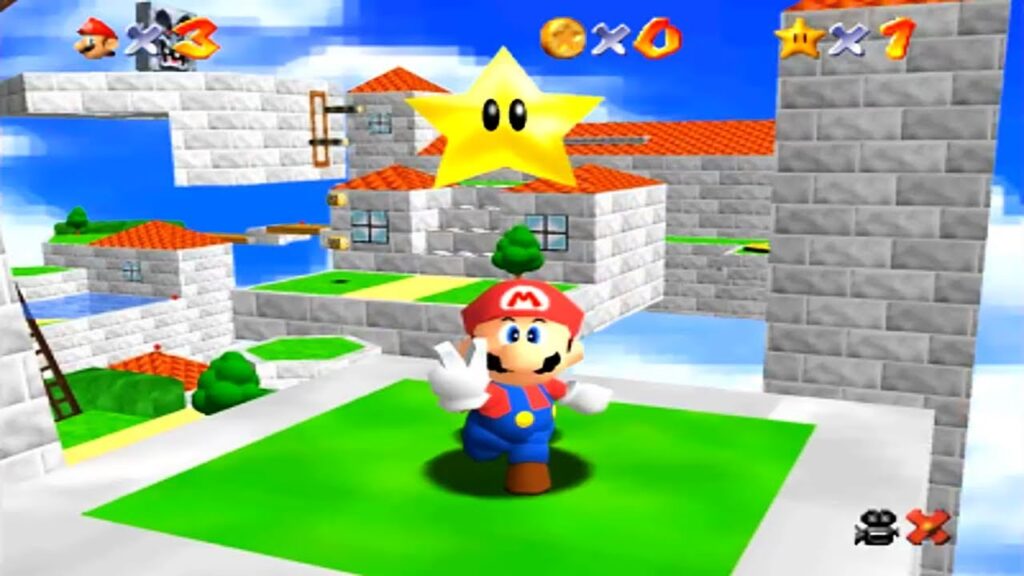
Released in 1996, Super Mario 64 revolutionized the platformer genre by introducing 3D gameplay. For the first time, players could freely explore vast, open environments in a 360-degree space. The game’s responsive controls, innovative camera system, and creative level design made it a masterpiece that set the standard for subsequent 3D platformers. It remains one of the most influential games in history – pushing the boundaries of what was possible on the Nintendo 64.
The Legend of Zelda: Ocarina of Time (Nintendo 64)
Released in 1998, The Legend of Zelda: Ocarina of Time became one of the most critically acclaimed games of all time. It brought the Zelda franchise into the 3D realm, introducing players to an expansive world filled with dungeons, puzzles, and a rich narrative. The game’s revolutionary Z-targeting system made combat more fluid, and its immersive story, world-building, and innovative gameplay mechanics have cemented it as a timeless classic.
Final Fantasy VII (Sony PlayStation)

Final Fantasy VII, released in 1997, was a game-changer for RPGs and the PlayStation as a whole. It was one of the first titles to use full-motion video cutscenes, blending real-time 3D graphics with pre-rendered backgrounds. The story, characters, and emotional depth of Final Fantasy VII captivated players worldwide. The game helped popularize the role-playing genre outside Japan and remains one of the most beloved entries in the series.
Resident Evil (Sony PlayStation)
Released in 1996, Resident Evil pioneered the survival horror genre, combining eerie atmospheres, puzzle-solving, and resource management with terrifying enemies. The game’s fixed camera angles and limited ammunition created a sense of tension and dread, and it quickly became a classic. The series has since become one of the most successful in gaming history, continuing to evolve with new technology while staying true to its roots.
These titles, among others, represent the innovation and creativity that defined the fifth generation of video game consoles. From groundbreaking 3D worlds to unforgettable characters and stories, these games left an indelible mark on the industry.
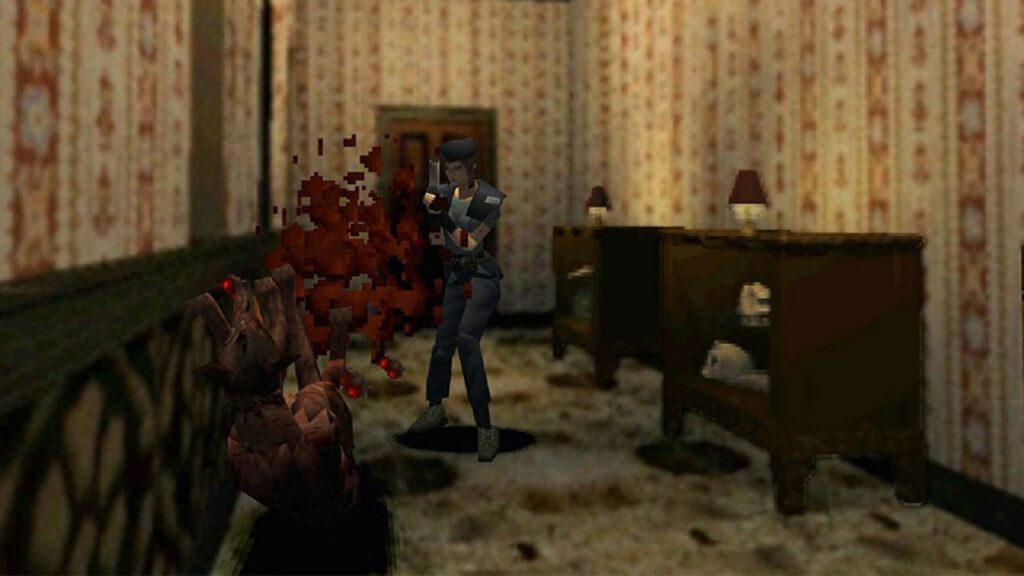
The legacy of the fifth generation of video game consoles
The fifth generation of video game consoles didn’t just redefine how games were played; it permanently altered how they were made. Developers who cut their teeth on this generation learned to balance technical limitations with creative ambition, pushing the boundaries of what gaming could achieve.
Games like Resident Evil and Tomb Raider became early templates for modern survival horror and adventure games, respectively, influencing not only the genres but also the industry as a whole.
Do you long for the nostalgic magic of the fifth generation of video game consoles? At Main Leaf, we specialize in developing games that fuse the essence of classic gaming with the power of modern technology. Whether it’s creating expansive 3D worlds reminiscent of Super Mario 64, or narrative-driven experiences in the vein of Final Fantasy VII, we’re ready to bring your vision to life.
Let’s collaborate on a project that captures the aesthetic and spirit of this iconic era. Together, we can craft a game that combines the innovation of the fifth generation with today’s capabilities, delivering something that resonates with players both old and new.
Contact Main Leaf today and let’s turn your idea into the next gaming sensation!

